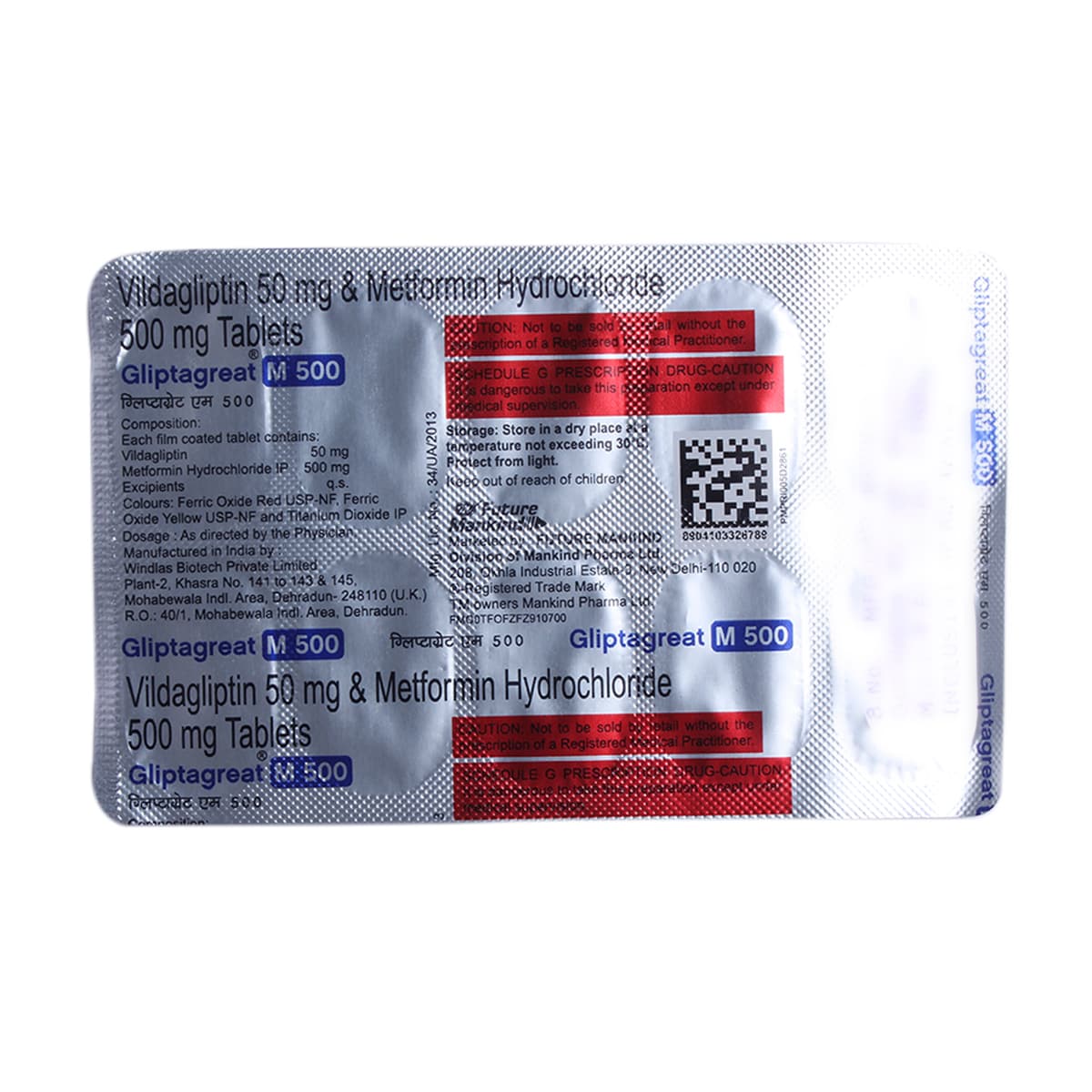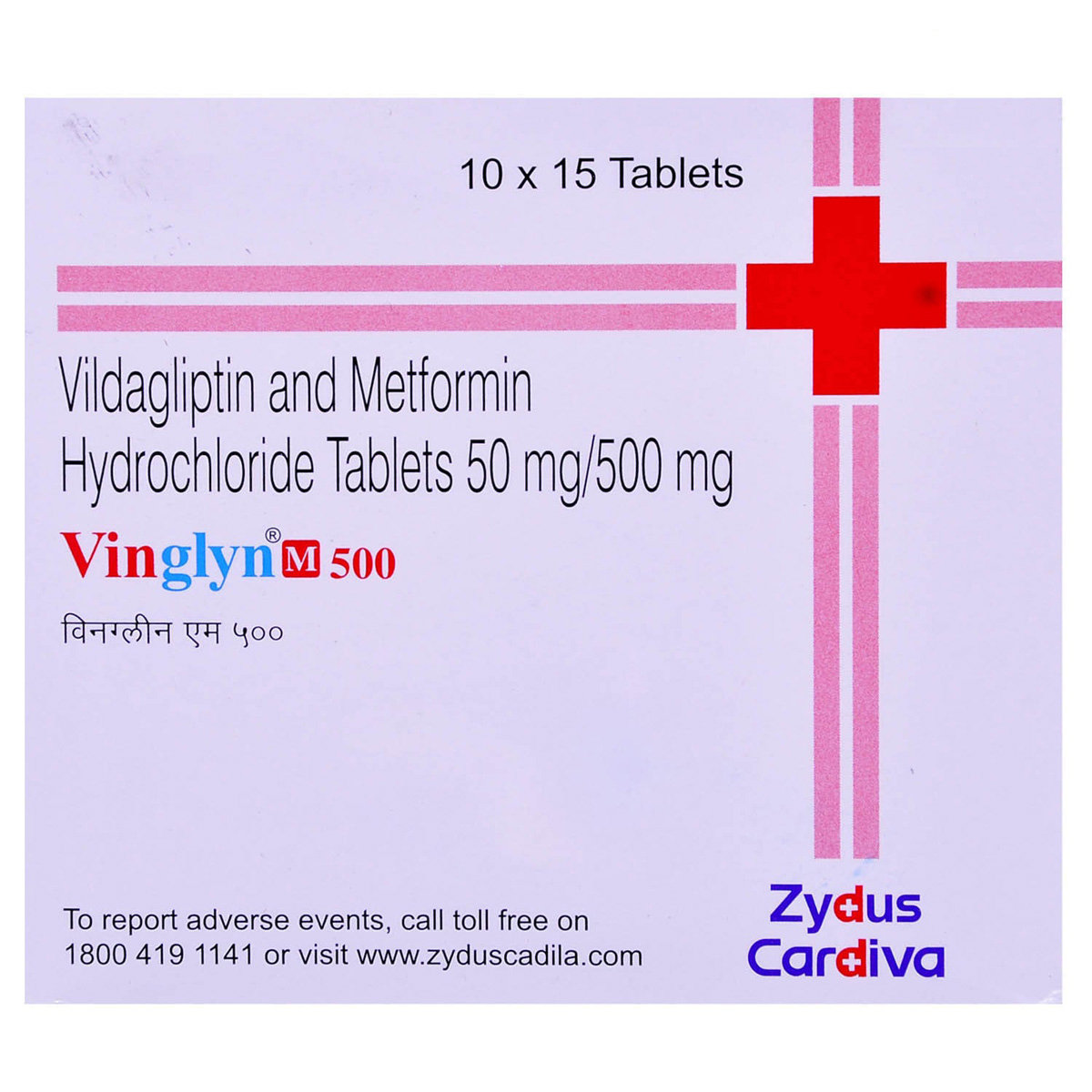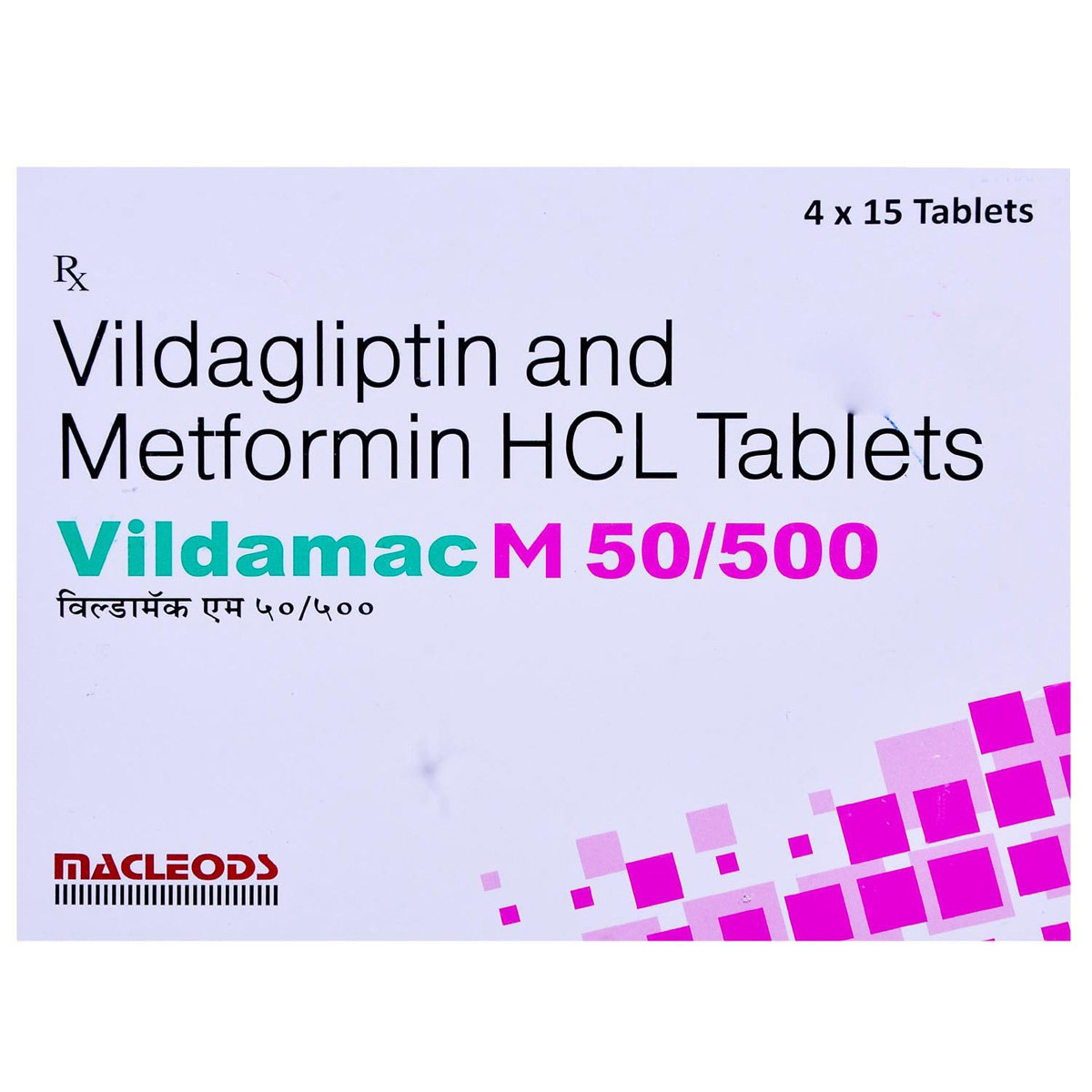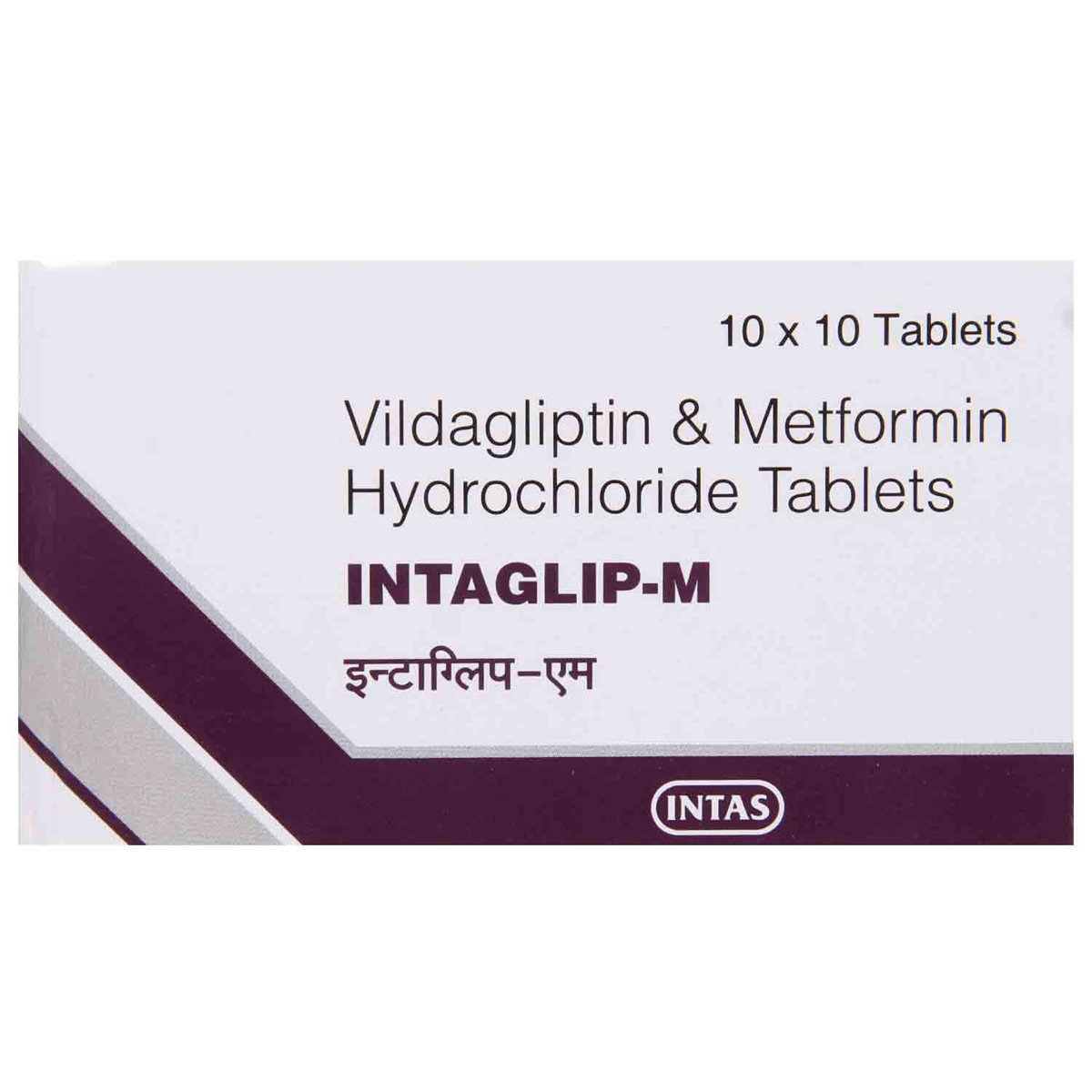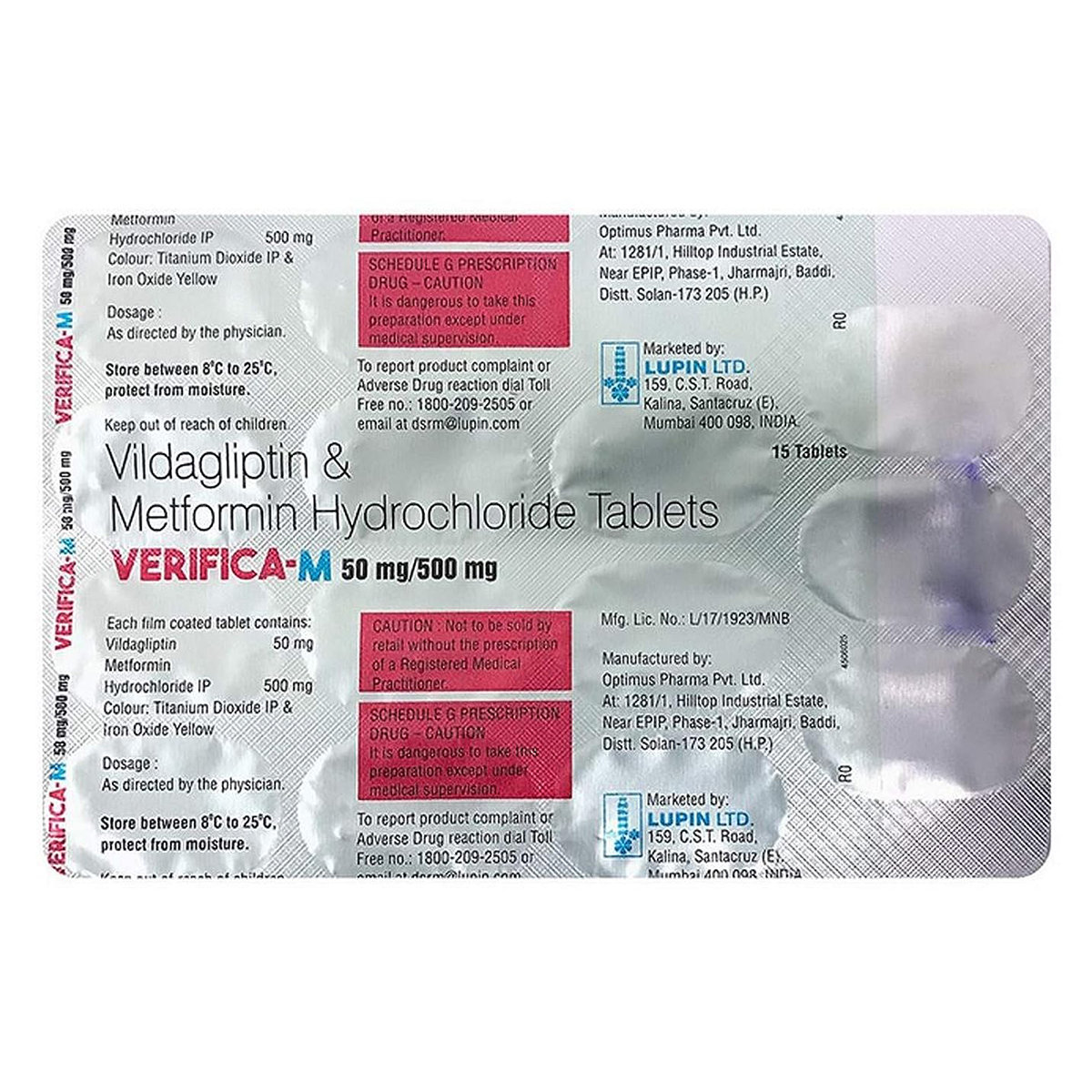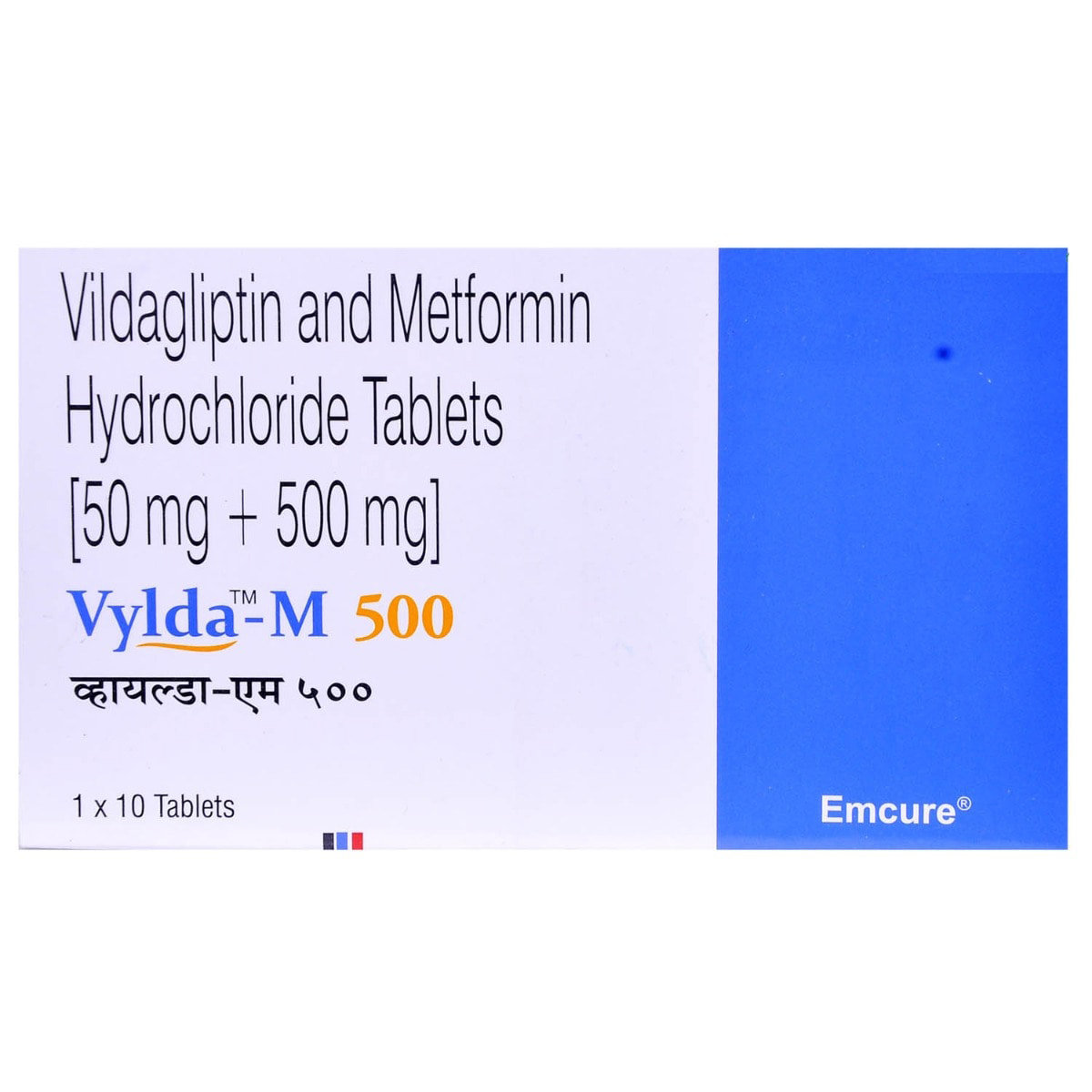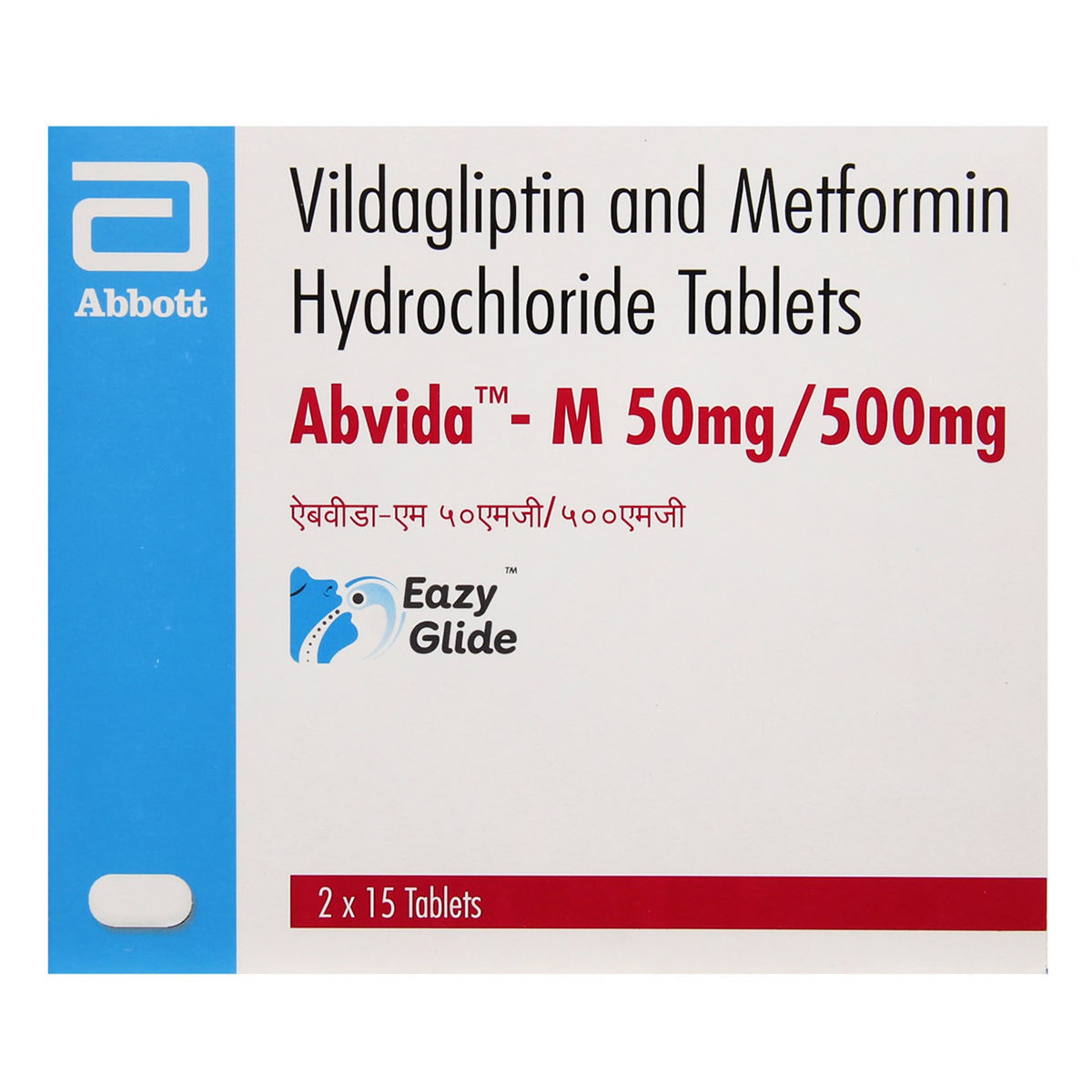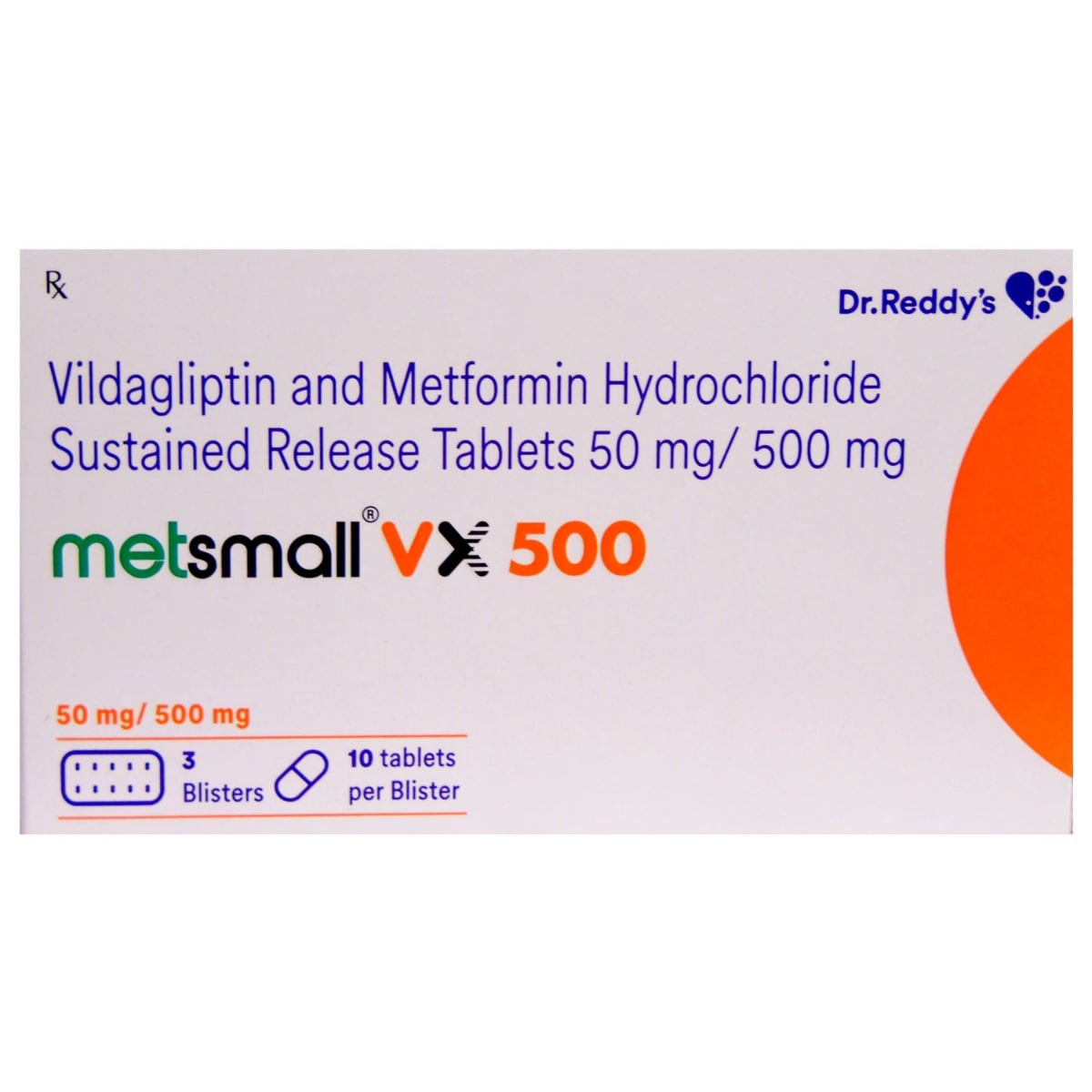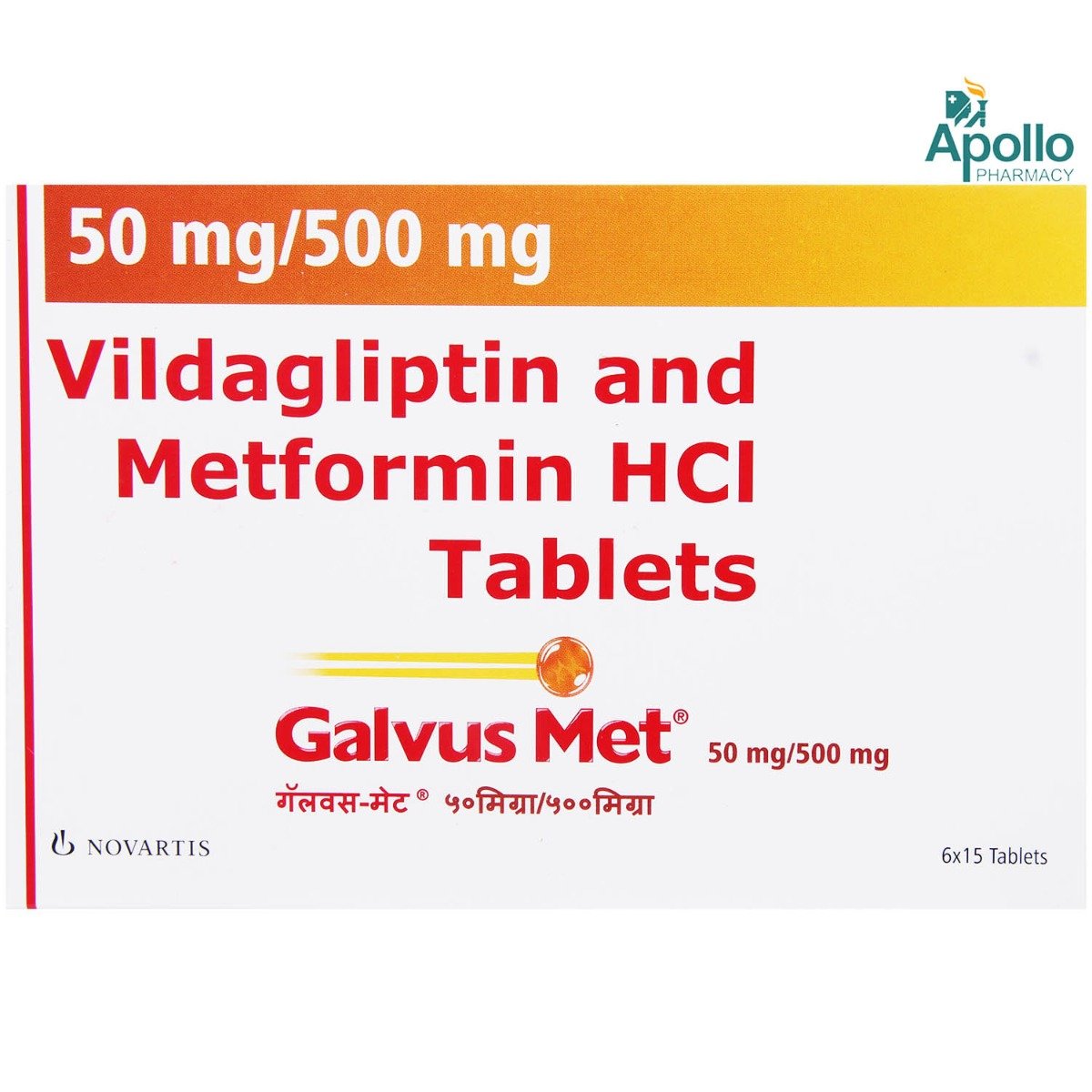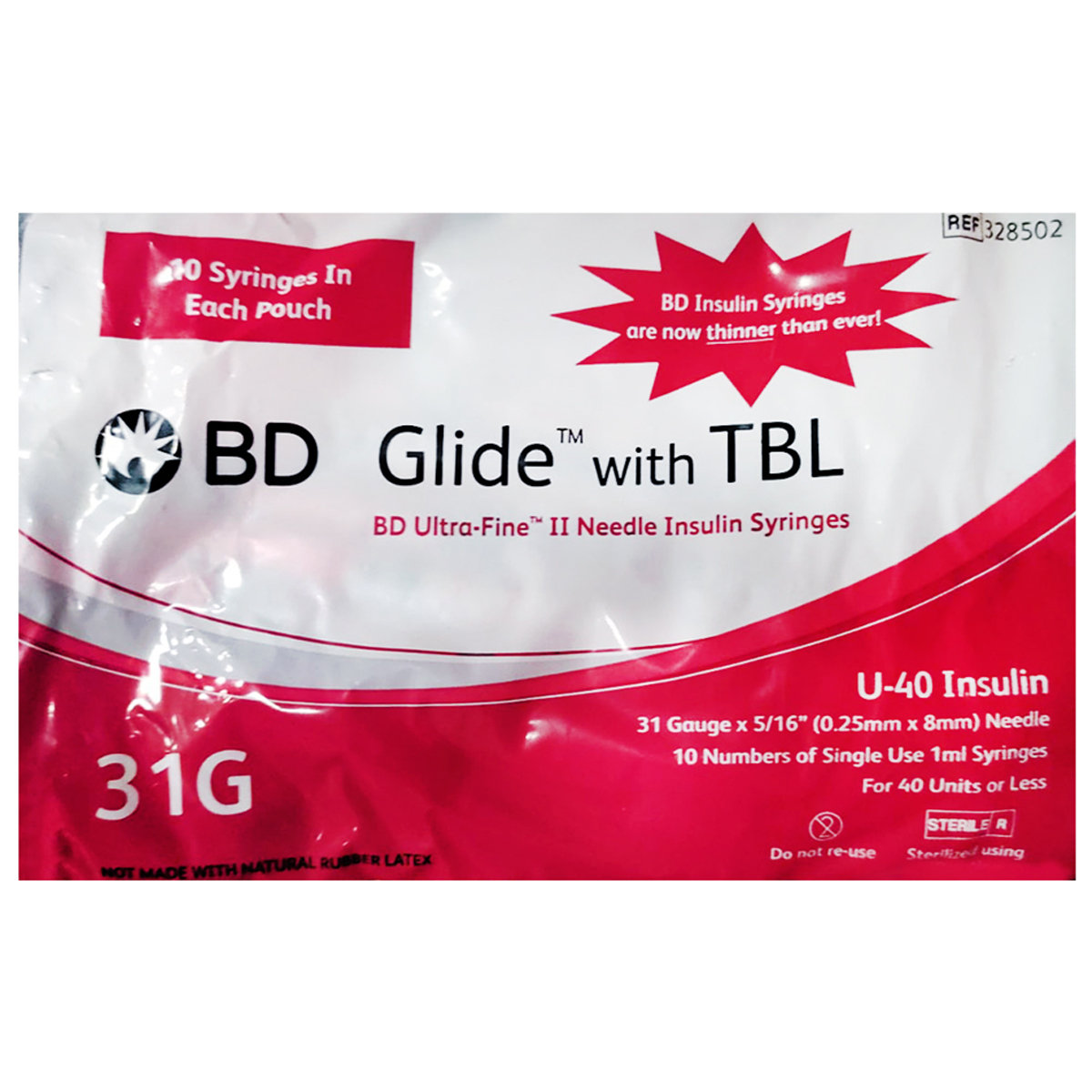Zomelis Met 50 mg/500 mg Tablet
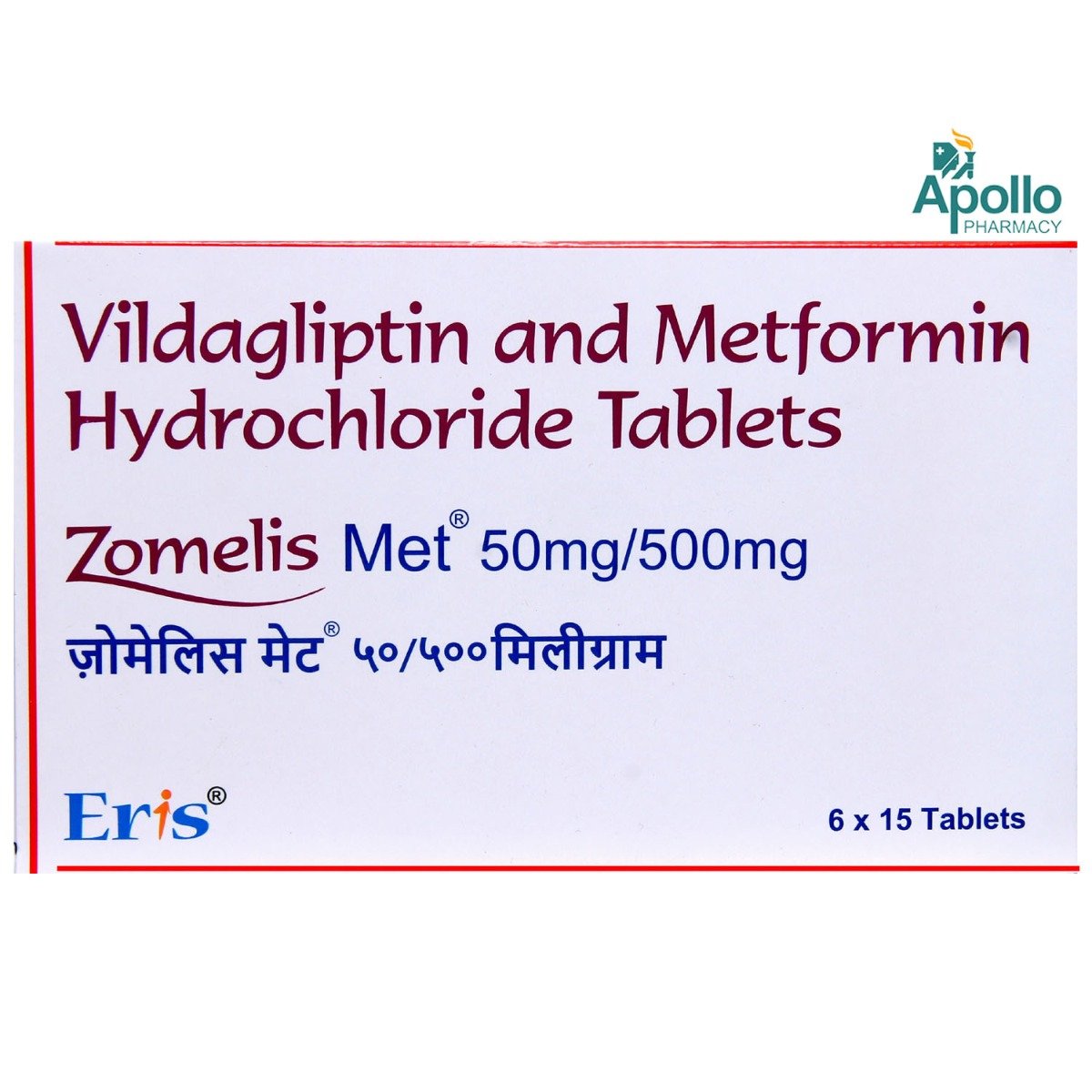
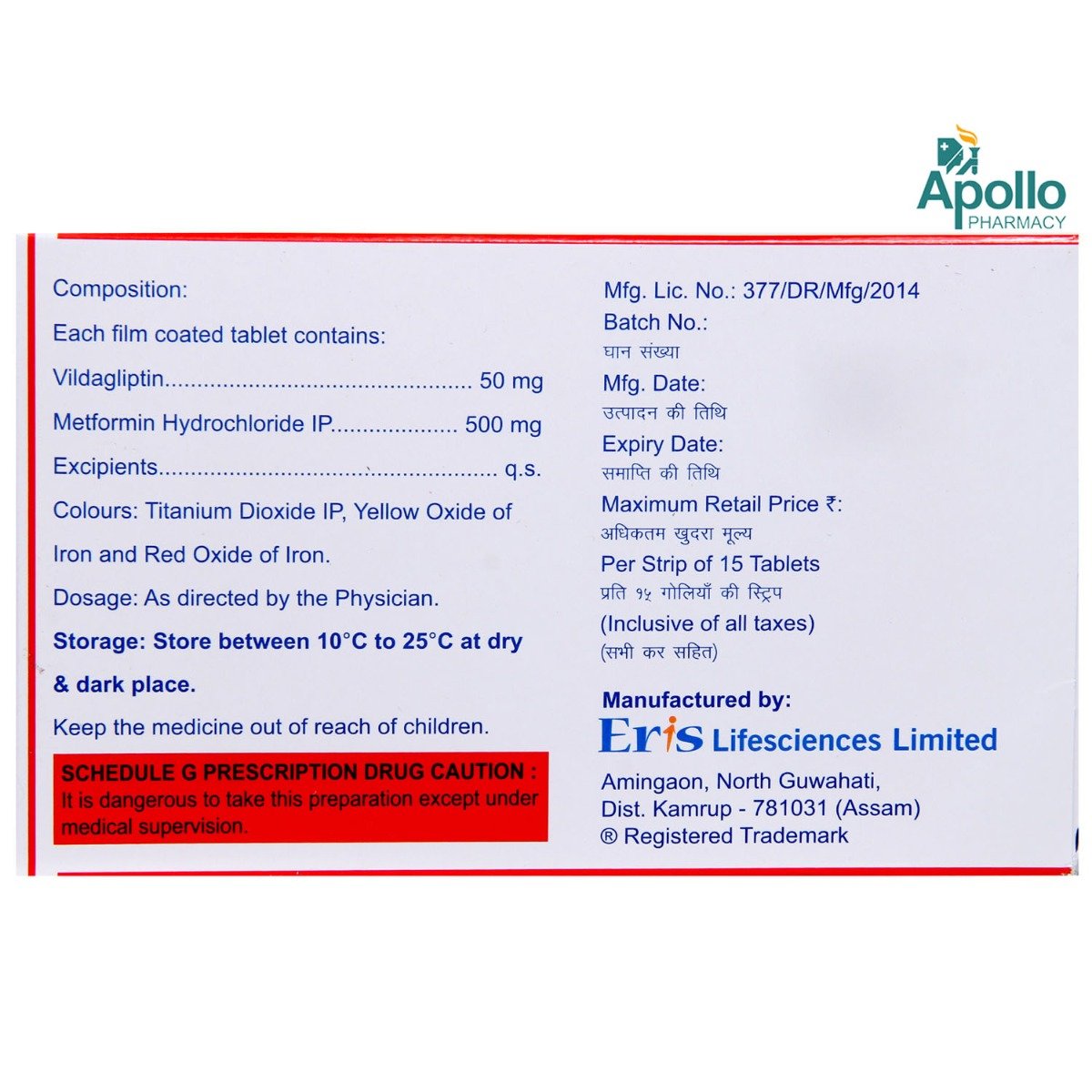
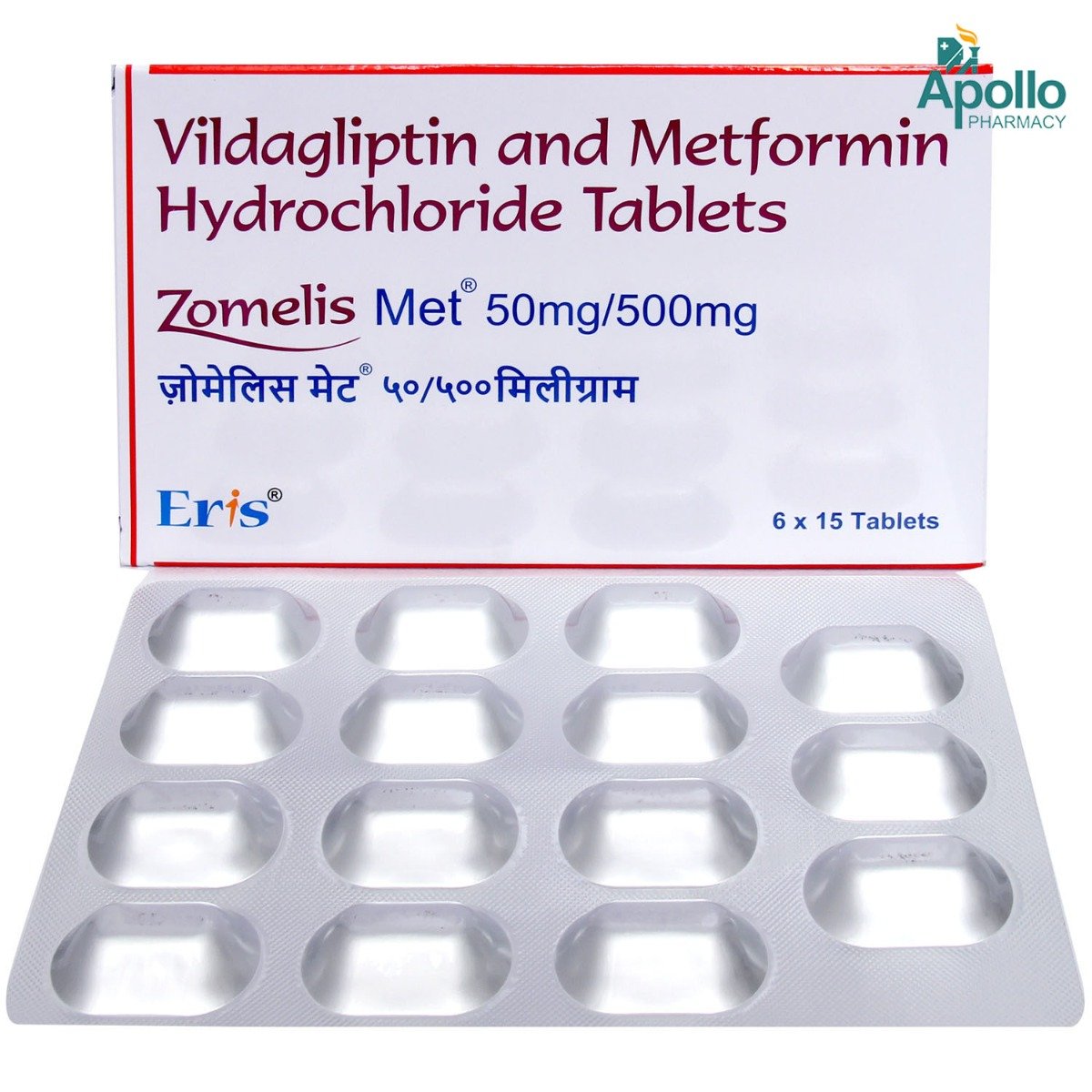
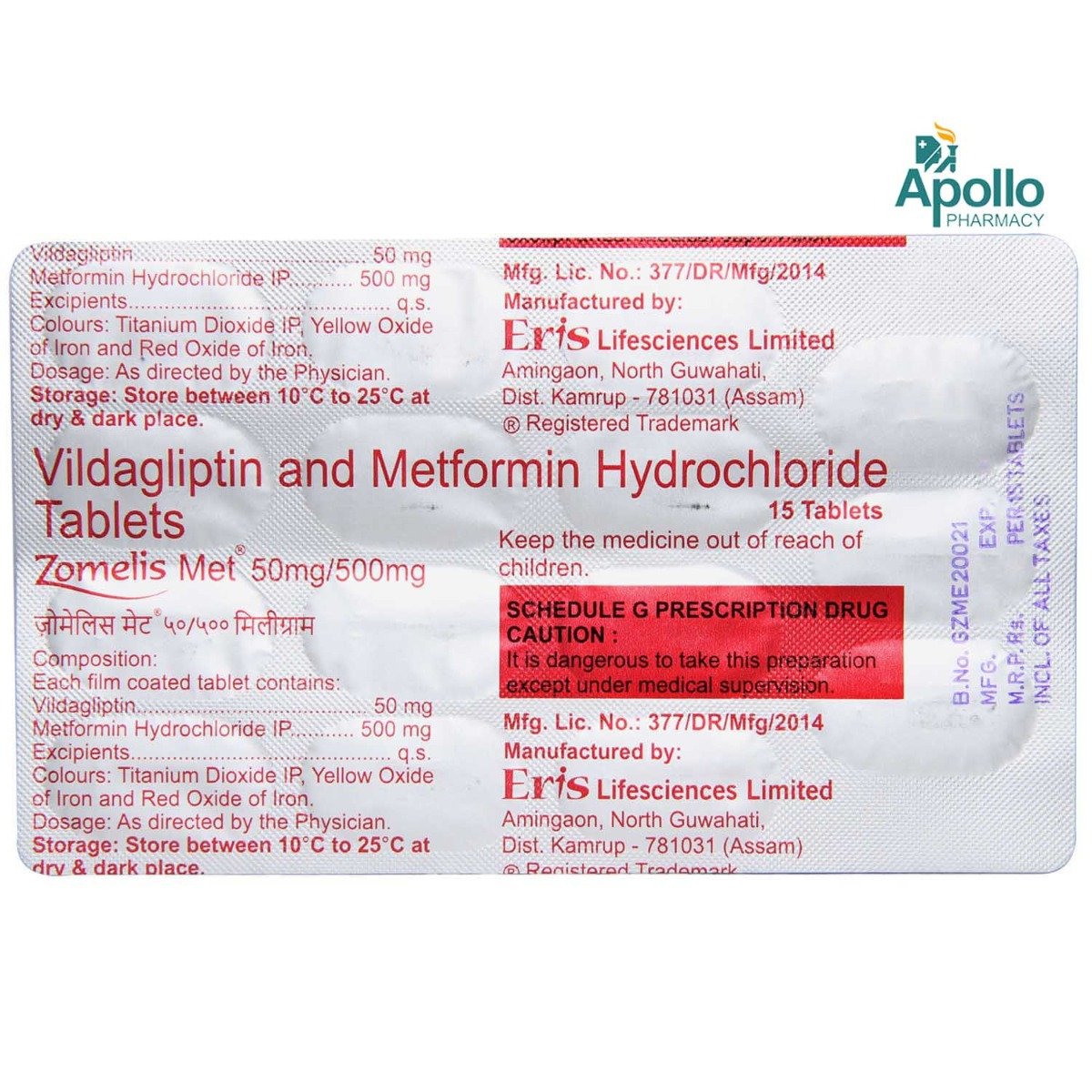
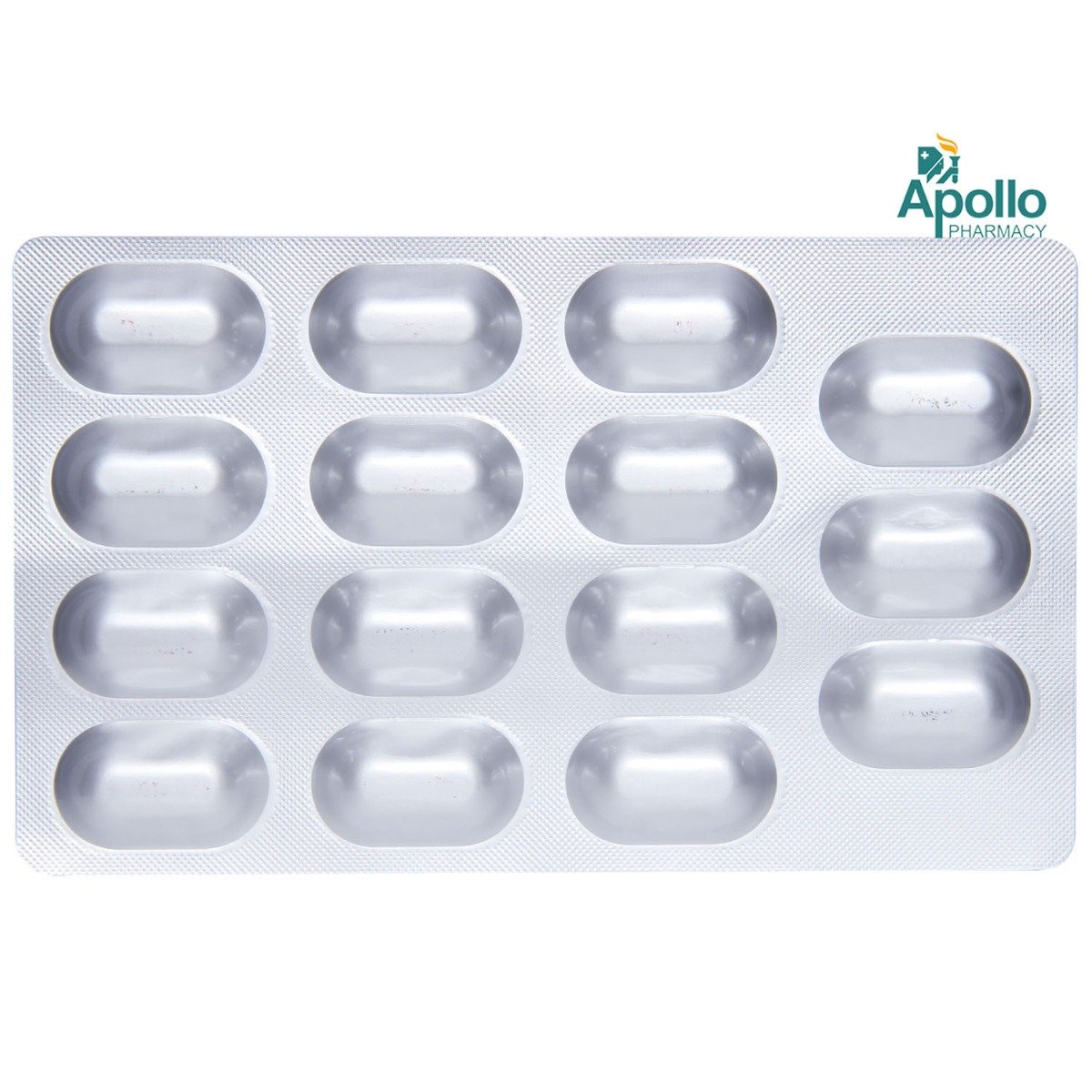
MRP ₹185
(Inclusive of all Taxes)
₹27.8 Cashback (15%)
know your delivery time
Provide Delivery Location
Composition :
Manufacturer/Marketer :
Consume Type :
Expires on or after :
Return Policy :
Selected Pack Size:15
15 ₹166.5
(₹11.1 per unit)
In Stock

Secure Payment

Trusted by 8 Crore Indians

Genuine Products
Therapeutic Class
Country of origin
Manufacturer/Marketer address
Author Details
We provide you with authentic, trustworthy and relevant information
Disclaimer
Alcohol
Safe if prescribed
It is best to avoid alcohol while taking medication.
Pregnancy
Consult your doctor
Please consult your doctor for advice before using Zomelis Met 50 mg/500 mg Tablet .
Breast Feeding
Consult your doctor
Please consult your doctor for advice before using Zomelis Met 50 mg/500 mg Tablet .
Driving
Safe if prescribed
Drive only if you are physically stable and mentally focussed, If you experience drowsiness after taking these medications you should not drive or operate any machinery or vehicles.
Liver
Consult your doctor
If u have or had history or evidence of any liver-related diseases, please consult the doctor before taking the medicine.
Kidney
Consult your doctor
If u have or had history or evidence of any kidney-related diseases, please consult the doctor before taking the medicine.
Children
Safe if prescribed
It is advisable to consult a doctor before using it.
Product Substitutes
About Zomelis Met 50 mg/500 mg Tablet
Zomelis Met 50 mg/500 mg Tablet is a combination drug of Vildagliptin (DPP-4 inhibitor) and Metformin (Biguanides) belongs to the class of anti-diabetic. Type 2 diabetes mellitus used to be known as 'non-insulin-dependent diabetes mellitus (NIDDM)' or 'maturity-onset diabetes. Type 2 diabetes develops if the body does not produce enough insulin or when your body's insulin does not work as well as it should. It can also develop if the body produces too much glucagon. Insulin is a substance which helps to lower the level of sugar in your blood, especially after meals. Zomelis Met 50 mg/500 mg Tablet is another substance which triggers the production of sugar by the liver, causing the blood sugar to rise. The pancreas makes both of these substances.
Zomelis Met 50 mg/500 mg Tablet helps to control the blood sugar level. It works by making the pancreas produce insulin and less glucagon (effect of vildagliptin) and also by helping the body to make better use of the insulin it has (effect of metformin). You must continue following the diet and exercise recommended for you whilst on treatment with Zomelis Met 50 mg/500 mg Tablet . Zomelis Met 50 mg/500 mg Tablet is not a substitute for insulin. It is not used to treat type 1 diabetes (where your body does not produce insulin) or diabetic ketoacidosis.
Zomelis Met 50 mg/500 mg Tablet should be taken with food to avoid an upset stomach. Zomelis Met 50 mg/500 mg Tablet should be taken at the same time of the day each time for best results. For better advice, your doctor will decide what dose should be taken, which can change quickly depending on your condition. The most common side effect of Zomelis Met 50 mg/500 mg Tablet is hypoglycemia (low blood glucose levels) characterised by dizziness, sweating, palpitations, hunger pangs, dry mouth and skin etc. So, to avoid hypoglycemia, you should not miss meals and also should carry some form of sugar along with you. Other side effects include taste change, nausea, diarrhoea, stomach pain, headache, and upper respiratory symptoms.
Zomelis Met 50 mg/500 mg Tablet should not be stopped even if you feel better without consulting your doctor as sugar levels change. If you stop taking Zomelis Met 50 mg/500 mg Tablet abruptly, it may increase your sugar levels which could further increase the risk of eyesight loss (retinopathy), kidney (nephropathy) and nerve damage (neuropathy). Zomelis Met 50 mg/500 mg Tablet should not be taken if you have type 1 diabetes mellitus or severe kidney or liver disease. Please inform your doctor if you have any heart disease or planning to get pregnant or breastfeed.
Uses of Zomelis Met 50 mg/500 mg Tablet
Medicinal Benefits Mweb
Key Benefits
Zomelis Met 50 mg/500 mg Tablet helps your pancreas produce more insulin, effectively utilise insulin, and decrease the excess sugar that your liver makes. It helps control the rise of blood sugar levels in your body after a meal. Zomelis Met 50 mg/500 mg Tablet plays a vital role in controlling blood sugar levels and prevents serious complications of diabetes like eyesight loss (retinopathy), kidney (nephropathy), nerve damage (neuropathy), diabetic foot ulcer and delayed wound healing.
Directions for Use
Side Effects of Zomelis Met 50 mg/500 mg Tablet
- Low blood sugar
- Nausea
- Headache
- Shaking or quivering
- Vomiting
- Diarrhoea
- Abdominal pain
- Loss of appetite
- Joint pain
- Tiredness
- Constipation
- Swollen hands
- Ankle or feet (oedema)
Drug Warnings
Zomelis Met 50 mg/500 mg Tablet should not be used in patients with type 1 diabetes or with diabetic ketoacidosis. Some diabetic patients, while taking Zomelis Met 50 mg/500 mg Tablet , might develop a rare but serious condition called lactic acidosis. In this condition, there is too much lactic acid accumulated in the blood that can damage the working of your liver and kidney required for the elimination of excess lactic acid from the blood. Before you start taking Zomelis Met 50 mg/500 mg Tablet , tell your doctor if you’ve ever had pancreatitis (inflammation of the pancreas), kidney disease, and low vitamin B12 level. Zomelis Met 50 mg/500 mg Tablet , when used with insulin, may extremely lower the blood sugar level leading to hypoglycaemia condition, which can be fatal. In this case, your doctor may adjust the dose by lowering the dose of insulin or Zomelis Met 50 mg/500 mg Tablet . Prolonged intake of Zomelis Met 50 mg/500 mg Tablet may lower your thyroid-stimulating hormone (TSH); hence, an annual check-up of TSH is recommended. In rare cases, you may also develop a serious skin reaction known as bullous pemphigoid that requires immediate medical attention. Tell your doctor if you are going to have a diagnostic test with an injection of dye or X-ray contrast agent. The use of Zomelis Met 50 mg/500 mg Tablet should be stopped for a short time before having an X-ray procedure.
Drug-Drug Interactions
Drug-Drug Interactions
Login/Sign Up
Co-administration of Zomelis Met 50 mg/500 mg Tablet and Iodamide can increase the risk of lactic acidosis (when the body produces too much lactic acid).
How to manage the interaction:
Taking Zomelis Met 50 mg/500 mg Tablet with Iodamide is generally avoided as it can result in an interaction, please consult your doctor before taking it.
Co-administration of Zomelis Met 50 mg/500 mg Tablet and Iobenzamic acid can increase the risk of lactic acidosis (when the body produces too much lactic acid).
How to manage the interaction:
Taking Zomelis Met 50 mg/500 mg Tablet with Iobenzamic acid is generally avoided as it can result in an interaction, please consult your doctor before taking it.
Co-administration of Zomelis Met 50 mg/500 mg Tablet with Metrizamide together can cause the risk of lactic acidosis (when the body produces too much lactic acid ).
How to manage the interaction:
Taking Zomelis Met 50 mg/500 mg Tablet with Metrizamide is generally avoided as it can possibly result in an interaction, it can be taken if a doctor has advised it. However, if you experience headaches, muscle cramps or pain, contact a doctor immediately. Do not discontinue any medications without consulting a doctor.
Co-administration of Iopydol with Zomelis Met 50 mg/500 mg Tablet can increase the risk of side effects.
How to manage the interaction:
Taking Zomelis Met 50 mg/500 mg Tablet with Iopydol is not recommended, please consult your doctor before taking it.
Co-administration of Zomelis Met 50 mg/500 mg Tablet and Iocarmic acid can increase the risk of lactic acidosis (when the body produces too much lactic acid).
How to manage the interaction:
Taking Zomelis Met 50 mg/500 mg Tablet with Iocarmic acid is generally avoided as it can result in an interaction. please consult your doctor before taking it.
Co-administration of Iodixanol with Zomelis Met 50 mg/500 mg Tablet can increase the risk of side effects.
How to manage the interaction:
Taking Zomelis Met 50 mg/500 mg Tablet with Iodixanol is not recommended, please consult a doctor before taking it. Do not discontinue the medications without consulting a doctor.
Co-administration of Zomelis Met 50 mg/500 mg Tablet and Iobitridol can increase the risk of lactic acidosis (when the body produces too much lactic acid).
How to manage the interaction:
Taking Zomelis Met 50 mg/500 mg Tablet with Iobitridol is generally avoided as it can result in an interaction. Please consult your doctor before taking it.
Co-administration of Ioversol with Zomelis Met 50 mg/500 mg Tablet can increase the risk of side effects.
How to manage the interaction:
Taking Zomelis Met 50 mg/500 mg Tablet with Ioversol is not recommended, please consult your doctor before taking it.
Co-administration of Iopamidol with Zomelis Met 50 mg/500 mg Tablet can increase the risk of side effects.
How to manage the interaction:
Taking Zomelis Met 50 mg/500 mg Tablet with Iopamidol is not recommended, please consult a doctor before taking it. Do not discontinue the medications without consulting a doctor.
Co-administration of Iotroxic acid with Zomelis Met 50 mg/500 mg Tablet can increase the risk of side effects.
How to manage the interaction:
Taking Zomelis Met 50 mg/500 mg Tablet with Iotroxic acid is not recommended, please consult your doctor before taking it.
Drug-Food Interactions
Drug-Food Interactions
Login/Sign Up
Drug-Diseases Interactions
Drug-Diseases Interactions
Login/Sign Up
Drug-Drug Interactions Checker List
- RANOLAZINE
- CIMETIDINE
- NIFEDIPINE
- ENALAPRIL
- LOSARTAN
- DICLOFENAC
Habit Forming
Special Advise
Contact your doctor immediately if you have nausea, vomiting, kussmaul breathing (laboured and deep), and generalised weakness which are symptoms of Lactic acidosis, a very rare but serious metabolic complication.
Diet & Lifestyle Advise
- Fill your half plate with starchy veggies, a quarter with proteins, and a quarter with whole grain.
- Eat at regular intervals. Do not take a long gap between a meal or snack.
- Monitor your blood sugar level regularly, especially when there are lots of fluctuations.
- Invest at least 150 minutes of moderate-intensity physical activity or one hour and 15 minutes of high-intensity exercise weekly.
- Lose weight gradually to achieve a healthy body mass index (18.5 to 24.9).
- Replace refined carbohydrates-containing foods with whole grain foods and increase the intake of fruits, veggies, and other fibre-enriched foods.
- Limit saturated fat (or hidden intake fats) in food like chips, crisps, pastries, biscuits, and samosas. Choose omega-3 fatty acid-containing oils for daily cooking. For frying, you can use palm oil, mustard oil, groundnut oil, rice bran oil, and safflower oil.
- Do not take stress as it may elevate your blood sugar level. You can adopt stress management techniques like mindfulness to control stress-related blood sugar changes.
- Opt for low-fat dairy products (low-fat yoghurt, fat-free milk, cheese, etc.).
- Keep your blood pressure as normal (140/90) as possible as it reduces the risk of cardiovascular diseases in diabetes patients.
All Substitutes & Brand Comparisons
RX
Zukanorm M 500 Tablet 20's
Mankind Pharma Pvt Ltd
₹168
(₹7.56 per unit)
31% CHEAPERRX
Gliptagreat M 500/50mg Tablet 10's
Mankind Pharma Pvt Ltd
₹84
(₹7.57 per unit)
31% CHEAPERRX
Torglip M 50/500 Tablet 10's
Torrent Pharmaceuticals Ltd
₹103.5
(₹9.32 per unit)
16% CHEAPER

Have a query?
Buy best Diabetics products by
Torrent Pharmaceuticals Ltd
Sun Pharmaceutical Industries Ltd
Eris Life Sciences Ltd
Intas Pharmaceuticals Ltd
Lupin Ltd
Micro Labs Ltd
Mankind Pharma Pvt Ltd
Lloyd Healthcare Pvt Ltd
Alkem Laboratories Ltd
Abbott India Ltd
Glenmark Pharmaceuticals Ltd
Cipla Ltd
Macleods Pharmaceuticals Ltd
Wockhardt Ltd
Dr Reddy's Laboratories Ltd
Primus Remedies Pvt Ltd
USV Pvt Ltd
Aristo Pharmaceuticals Pvt Ltd
Emcure Pharmaceuticals Ltd
Alembic Pharmaceuticals Ltd
Ipca Laboratories Ltd
La Renon Healthcare Pvt Ltd
Ajanta Pharma Ltd
Medley Pharmaceuticals Ltd
East West Pharma India Pvt Ltd
Elbrit Life Sciences Pvt Ltd
Corona Remedies Pvt Ltd
Hbc Life Sciences Pvt Ltd
Sinsan Pharmaceuticals Pvt Ltd
Ranmarc Labs
Mitoch Pharma Pvt Ltd
Zydus Healthcare Ltd
Sanofi India Ltd
Akumentis Healthcare Ltd
Fusion Health Care Pvt Ltd
Unison Pharmaceuticals Pvt Ltd
Jubilant Lifesciences Ltd
Novo Nordisk India Pvt Ltd
Tas Med India Pvt Ltd
Blue Cross Laboratories Pvt Ltd
Msn Laboratories Pvt Ltd
Eswar Therapeutics Pvt Ltd
Indoco Remedies Ltd
Q Check Pharmaceuticals
Alteus Biogenics Pvt Ltd
Anthem Bio Pharma
Franco Indian Pharmaceuticals Pvt Ltd
Systopic Laboratories Pvt Ltd
Panacea Biotec Ltd
Zydus Cadila
Biocon Ltd
Edoc Life Sciences Pvt Ltd
Koye Pharmaceuticals Pvt Ltd
Arkas Pharma Pvt Ltd
Diacardus Pharmacy Pvt Ltd
Elinor Pharmaceuticals (P) Ltd
Remedy Life Sciences Pvt Ltd
Saan Labs
Talent India Pvt Ltd
Jarun Pharmaceuticals Pvt Ltd
Capital Pharma
Shrrishti Health Care Products Pvt Ltd
FDC Ltd
Leeford Healthcare Ltd
Nirvana India Pvt Ltd
Elder Pharmaceuticals Ltd
Eli Lilly and Company (India) Pvt Ltd
Glynis Pharmaceuticals Pvt Ltd
Zuventus Healthcare Ltd
Arrient Healthcare Pvt Ltd
Cadomed Pharmaceuticals India Pvt Ltd
Orris Pharmaceuticals
Akesiss Pharma Pvt Ltd
Bal Pharma Ltd
Biochem Pharmaceutical Industries Ltd
Knoll Healthcare Pvt Ltd
Lippon Pharma Pvt Ltd
Morepen Laboratories Ltd
Neucure Lifesciences Pvt Ltd
Opsis Care Lifesciences Pvt Ltd
Wallace Pharmaceuticals Pvt Ltd
Acmedix Pharma Llp
Converge Biotech Pvt Ltd
Erinyle Pharma
Indiabulls Pharmaceuticals Pvt Ltd
Ozone Pharmaceuticals Ltd
Retra Life Science Pvt Ltd
Alvio Pharmaceuticals Pvt Ltd
Geneaid Pharmaceuticals
Heal (India) Laboratories Pvt Ltd
Olcare Laboratories Pvt Ltd
Vasu Organics Pvt Ltd
Kotak Life Sciences
Lakshya Life Sciences Pvt Ltd
Proqol Health Care Pvt Ltd
Sanz Pharmaceuticals
Daylon healthcare pvt Ltd
Mcronus Lifescience Pvt Ltd
Natco Pharma Ltd
Orsim Pharma
Customers Also Bought
Recommended for a 30-day course: 3 Strips




